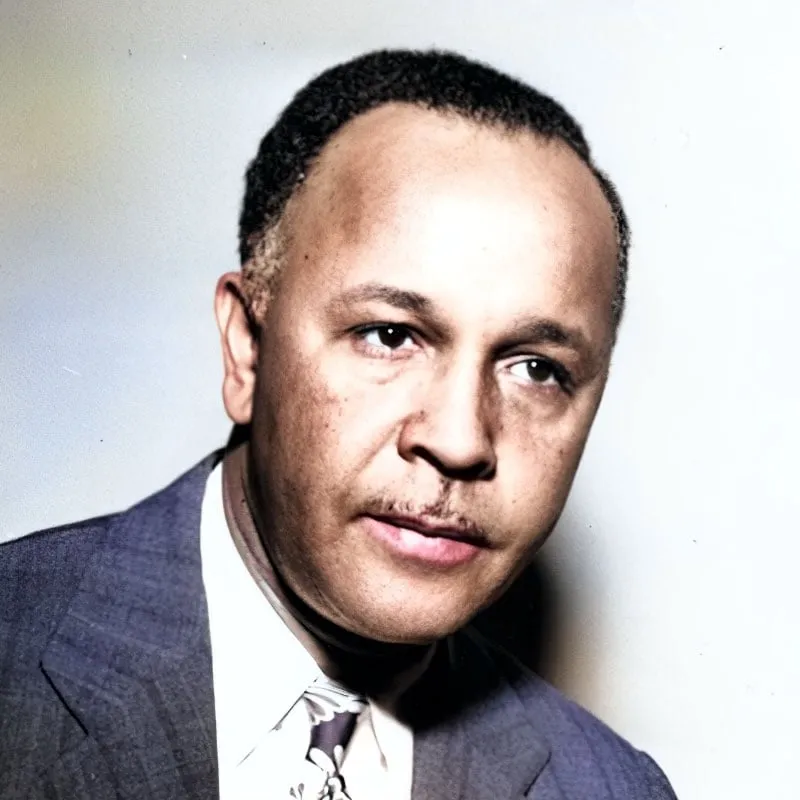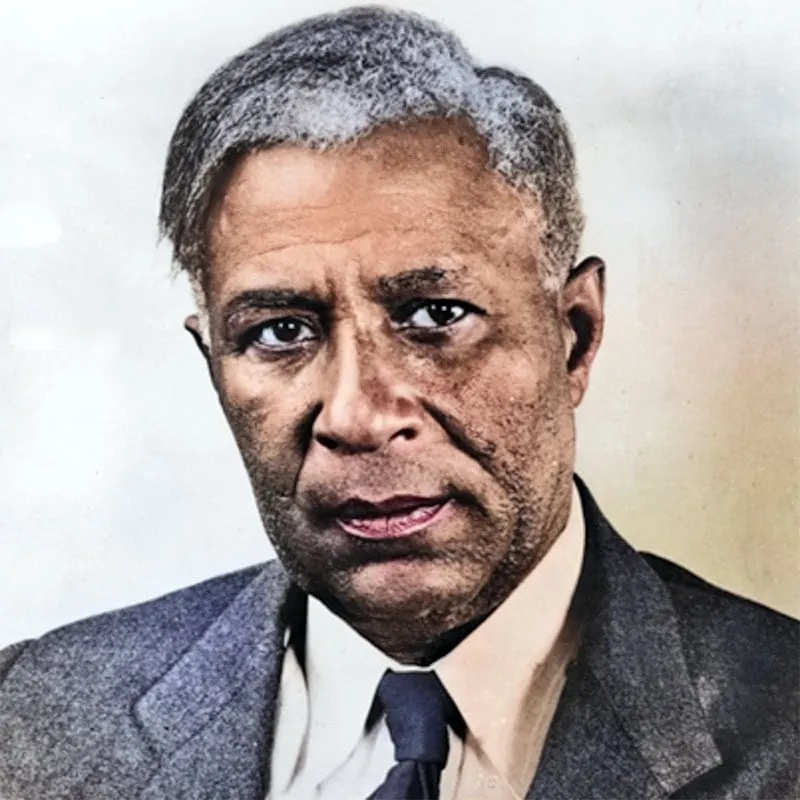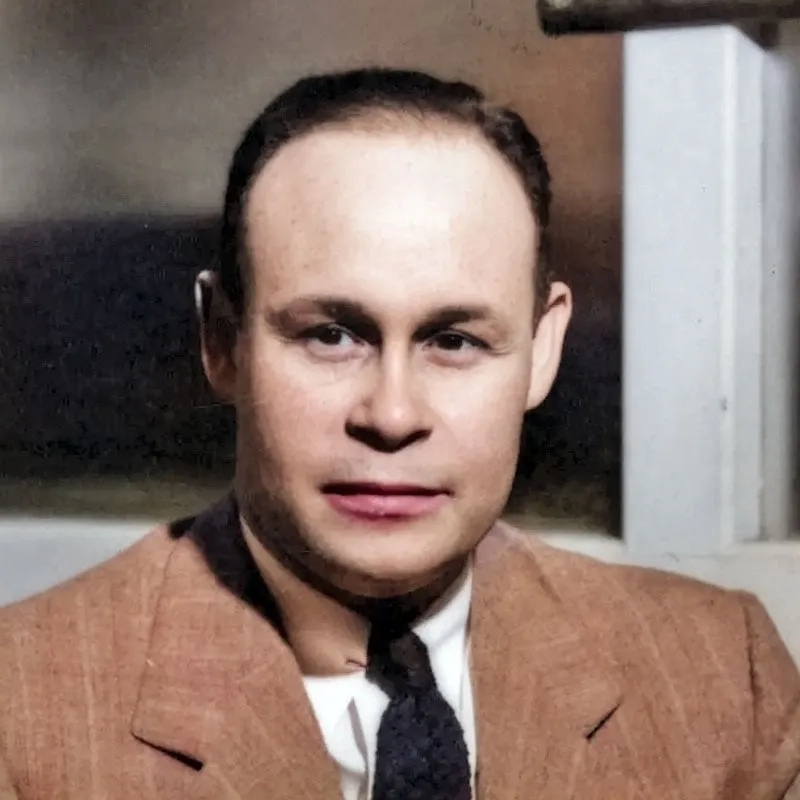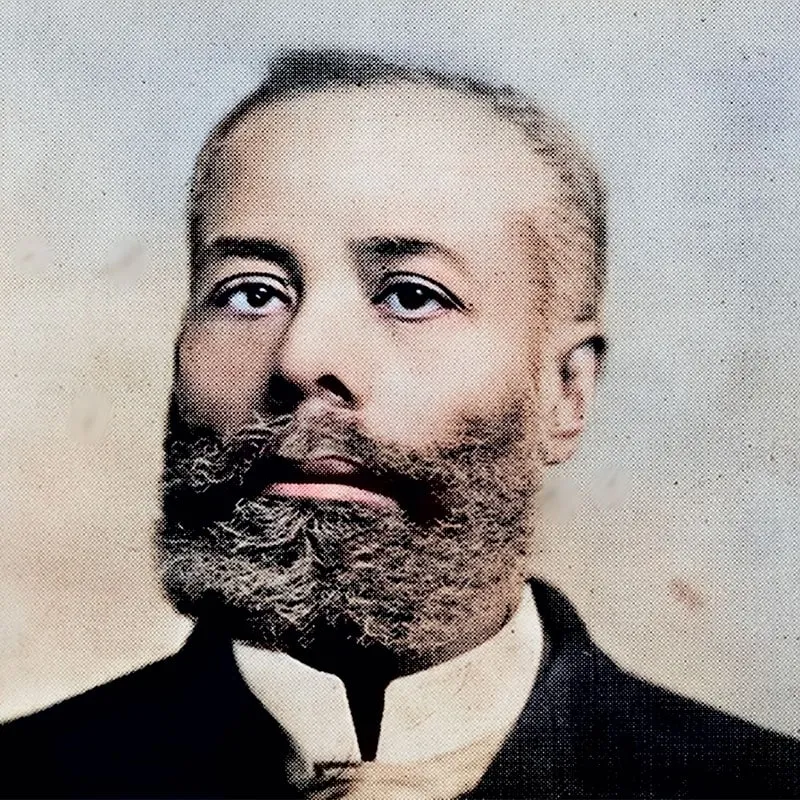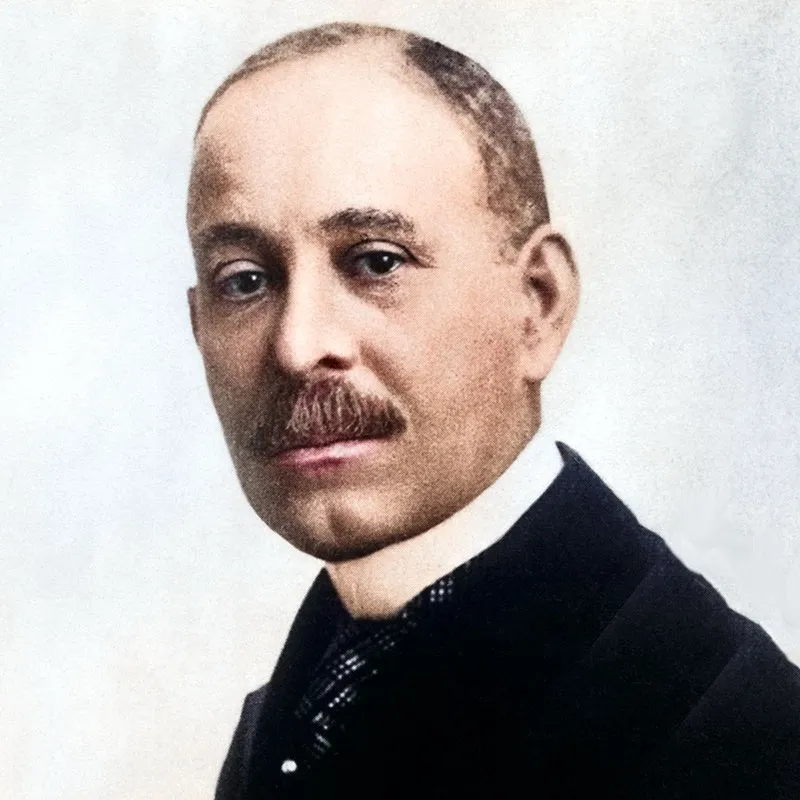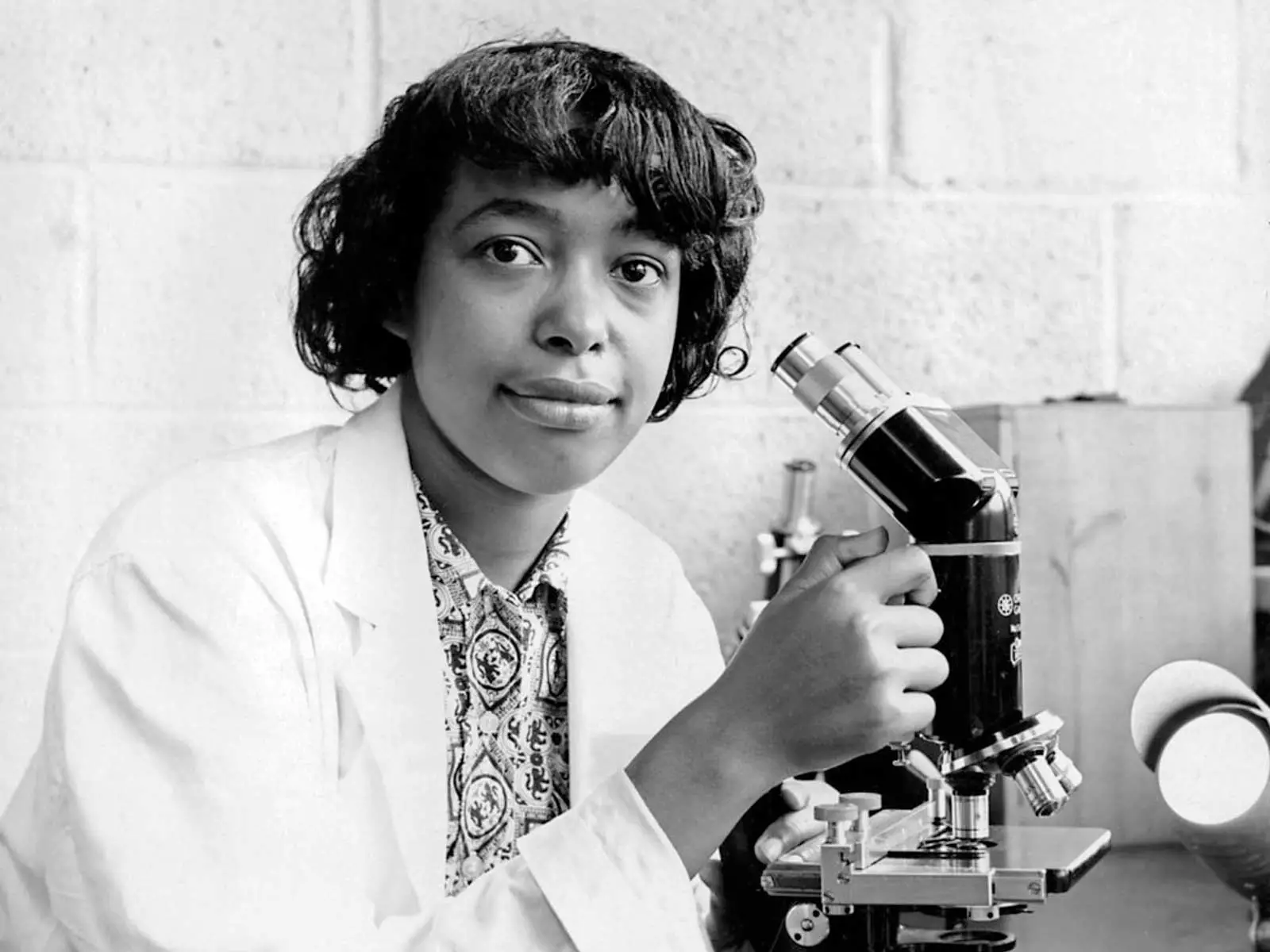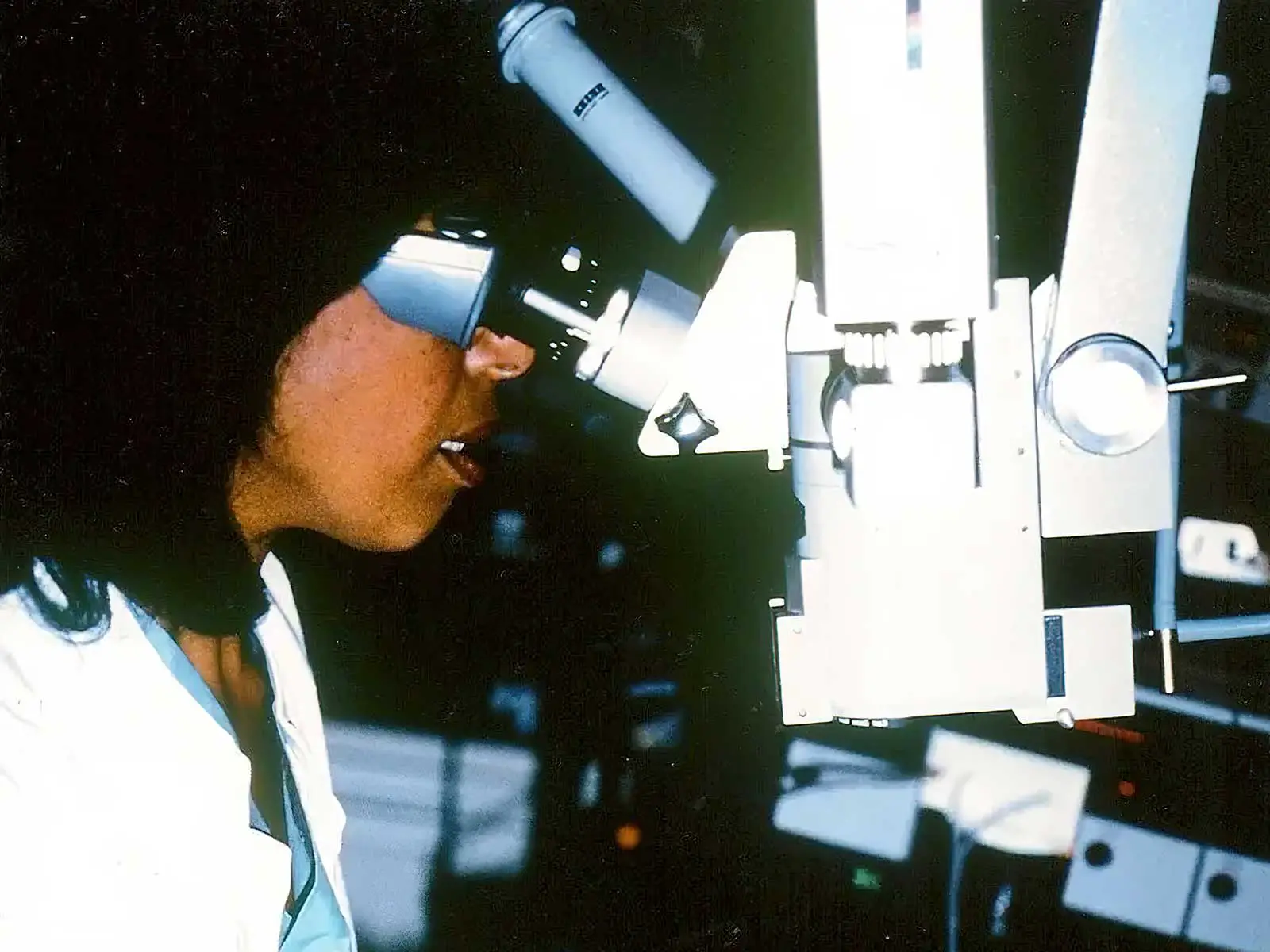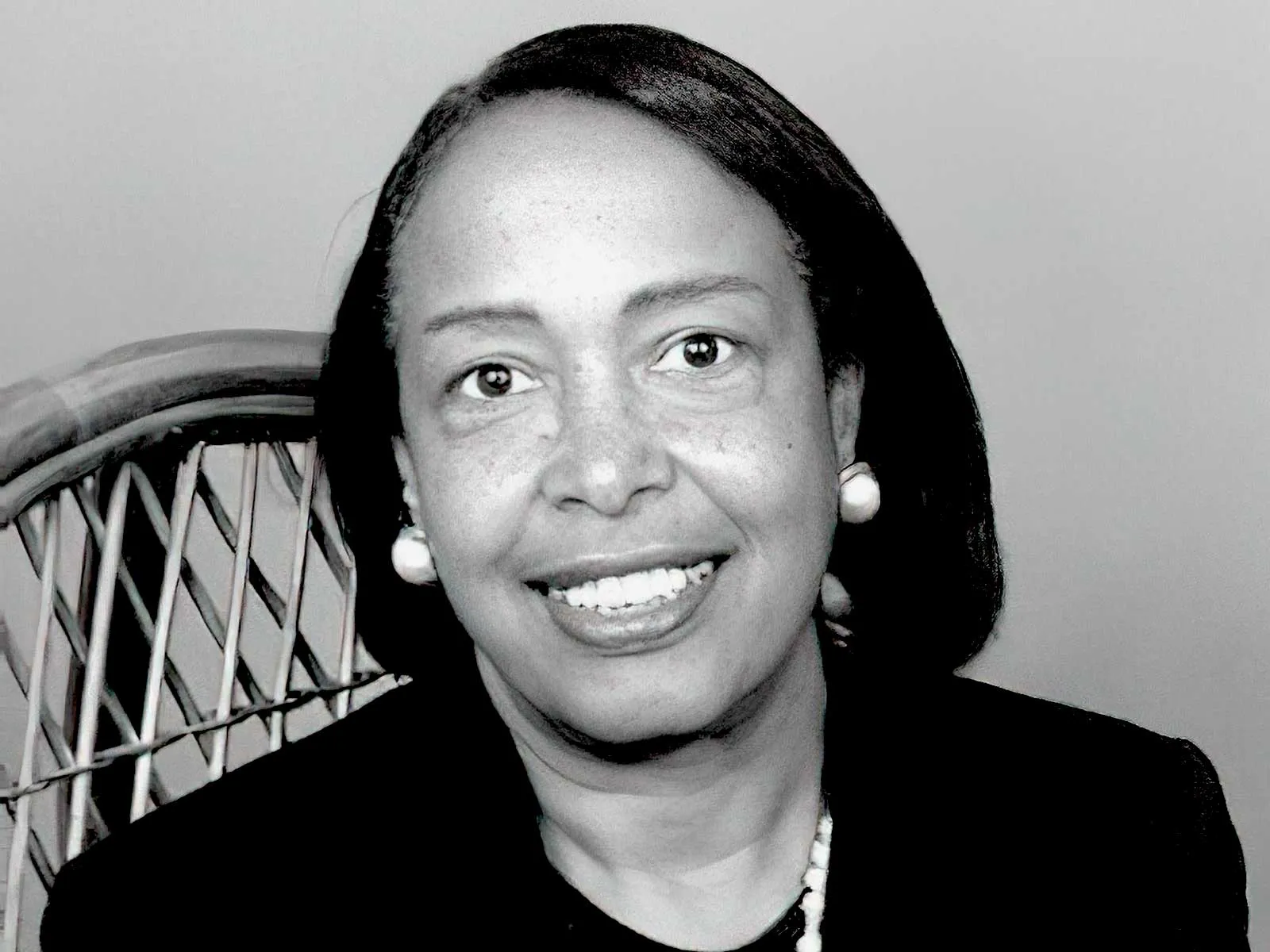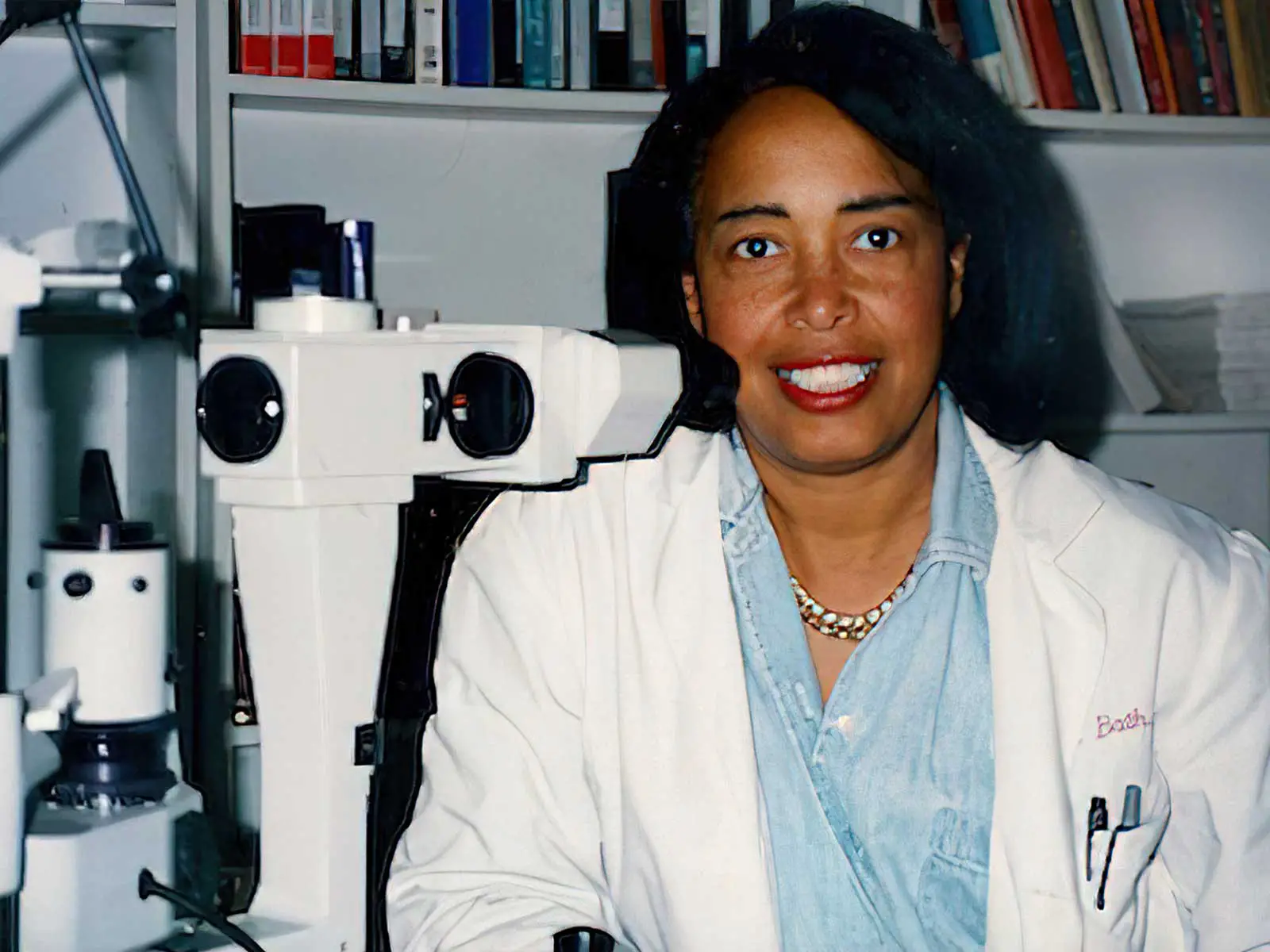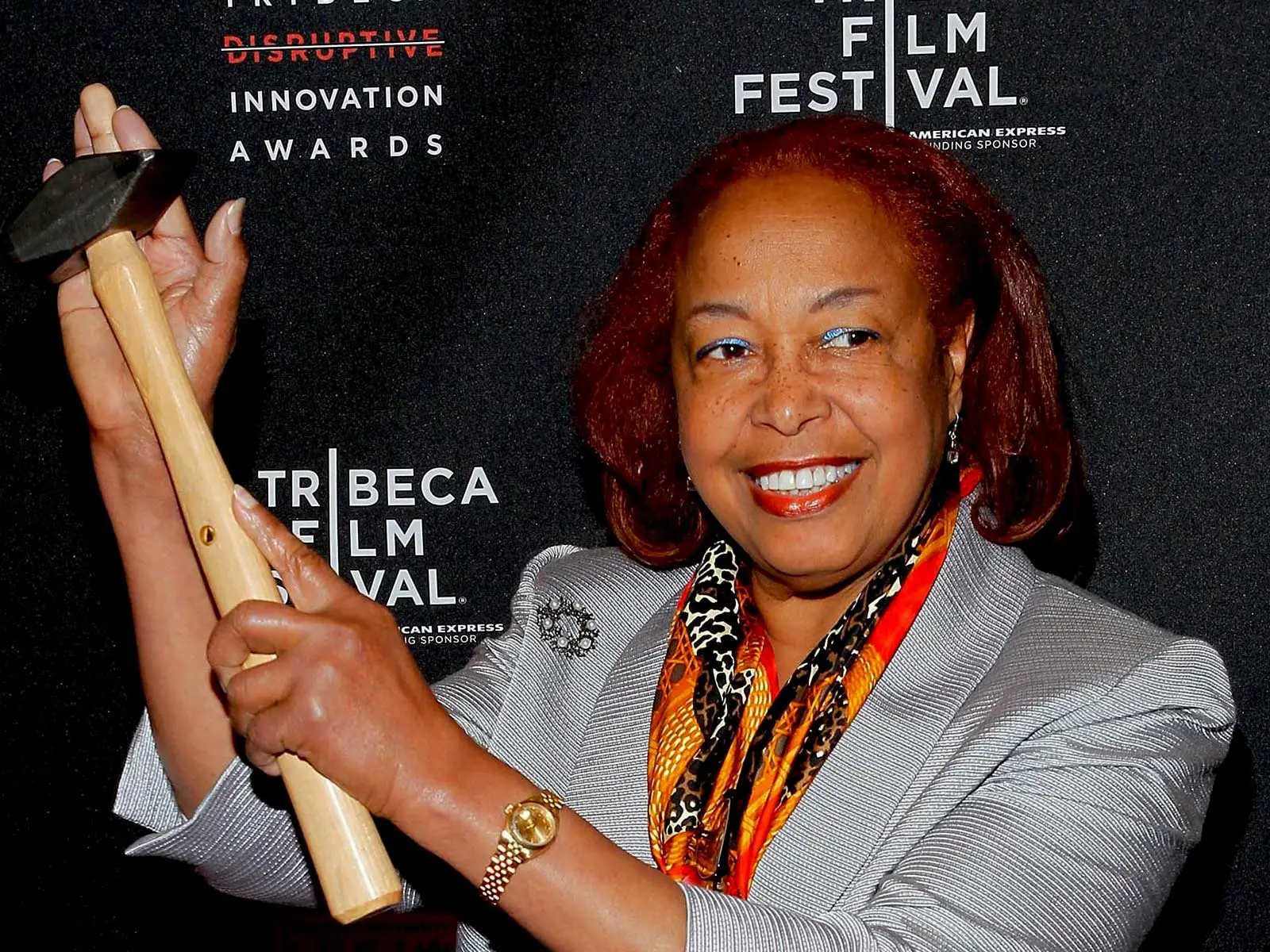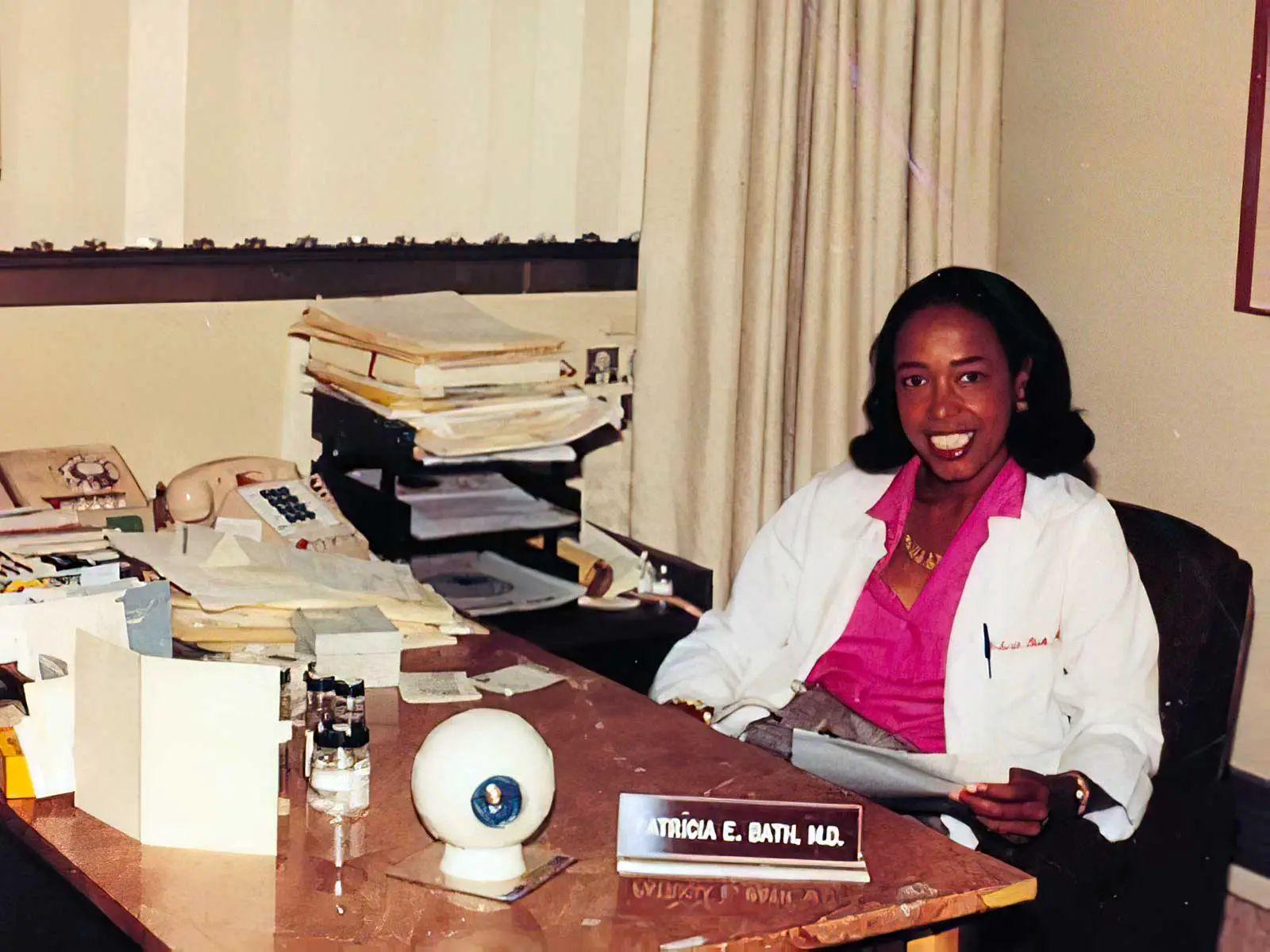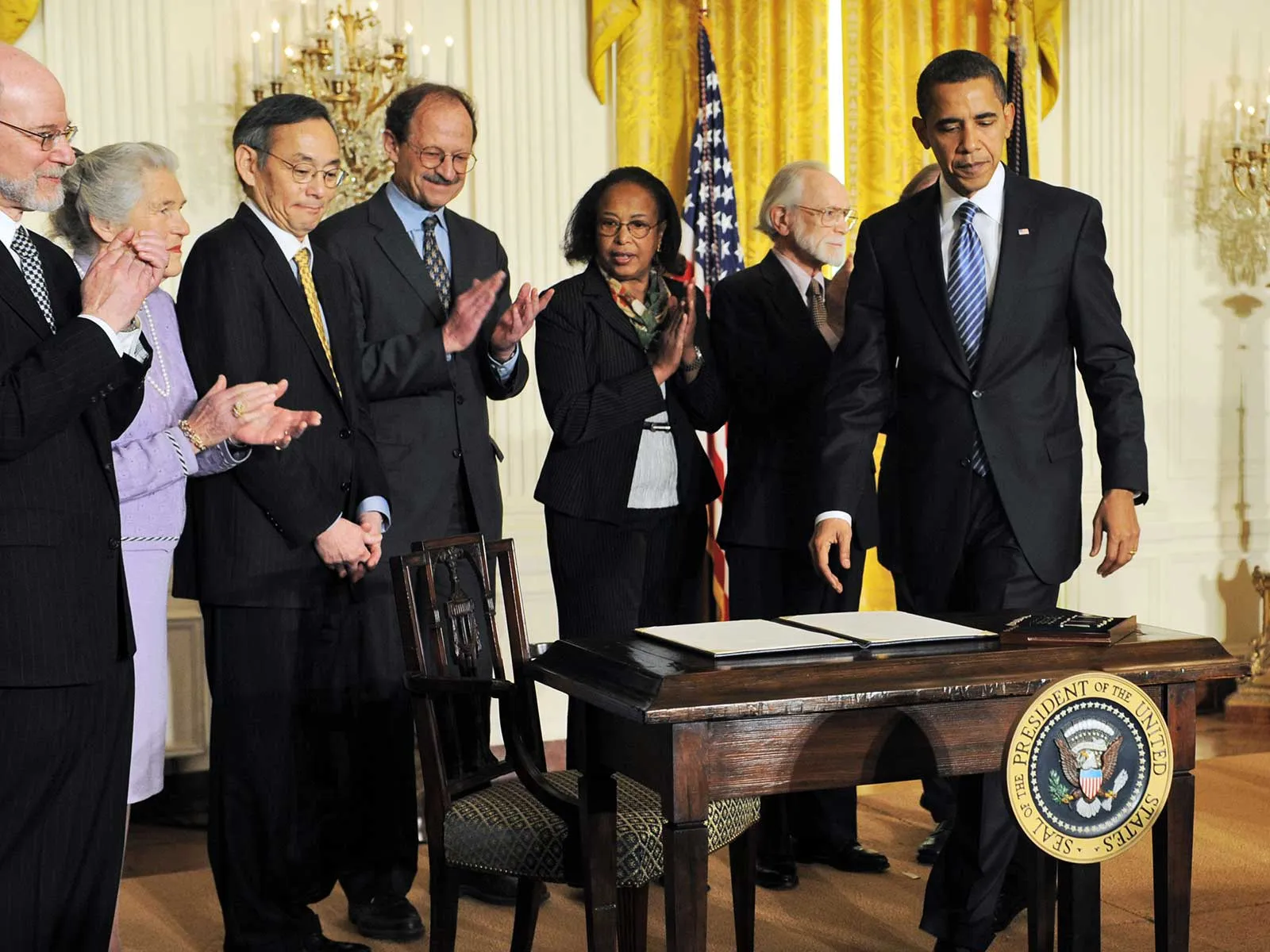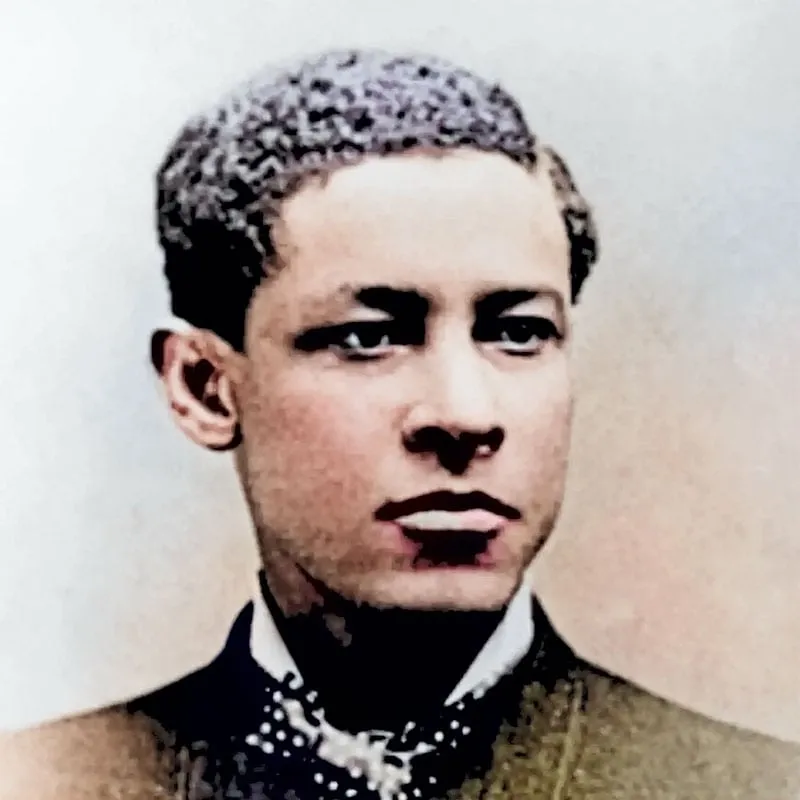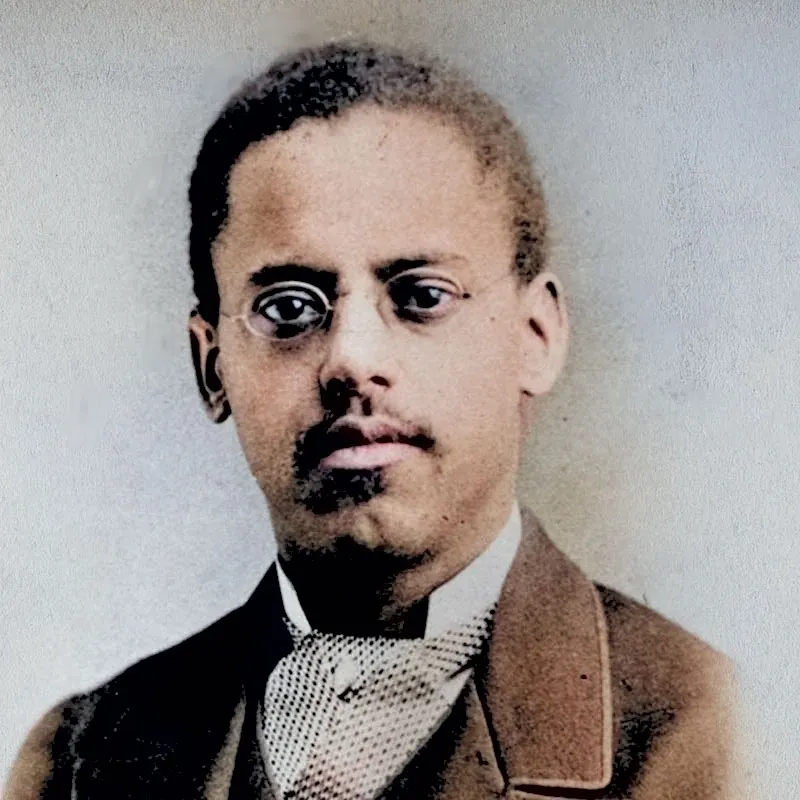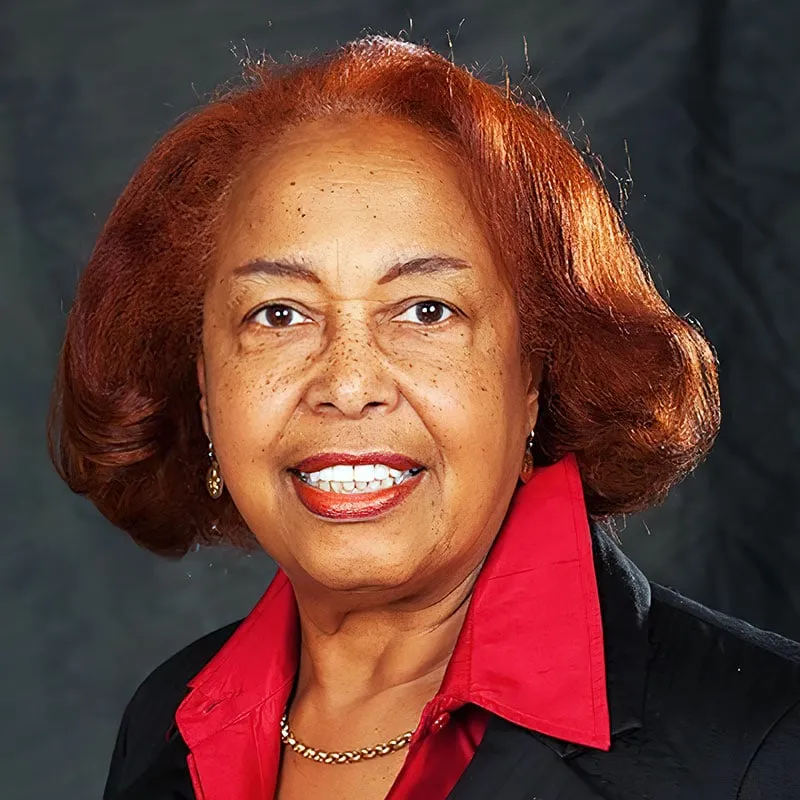
Patricia Bath
When Patricia Era Bath was born on November 4, 1942, she could have succumbed to the pressures and stresses associated with growing up in Harlem, New York. With the uncertainty present because of World War II and the challenges for members of Black communities in the 1940’s, one might little expect that a top flight scientist would emerge from their midst. Patricia Bath, however, saw only excitement and opportunity in her future, sentiments instilled by her parents. Her father, Rupert, was well-educated and an eclectic spirit. He was the first Black motorman for the New York City subway system, served as a merchant seaman, traveling abroad and wrote a newspaper column. Her mother Gladys, was the descendant of African slaves and Cherokee Native Americans. She worked as a housewife and domestic, saving money for her children’s education. Rupert was able to tell his daughter stories about his travels around the world, deepening her curiosity about people in other countries and their struggles. Her mother encouraged her to read constantly and broadened Patricia’s interest in science by buying her a chemistry set. With the direction and encouragement offered by her parents, Patricia quickly proved worthy of their efforts.
Pioneer/Entrepreneur
Bath was enrolled in Charles Evans Hughes High School in New York where she served as the editor of the school’s science paper. In 1959, she was selected from a vast number of students across the country for a summer program at Yeshiva University (New York City) sponsored by the National Science Foundation. Only 16 years old she worked in the field of cancer research under the tutelage of Dr. Robert Bernard and Rabbi Moses D. Tendler. During the program she developed a number of theories about cancer growth and at the end of the summer she offered a mathematical equation that could be used to predict the rate of the growth of a cancer. So impressed with her was Dr. Bernard that he incorporated parts of her research into a joint scientific paper that he presented at a conference in Washington, DC. Due to the resulting publicity about her work, Mademoiselle magazine presented Patricia with its 1960 Merit Award. The award was presented annually to ten young women demonstrating the promise of great achievement. In only 2 1/2 years of study she was able to graduate from high school and set out for college.
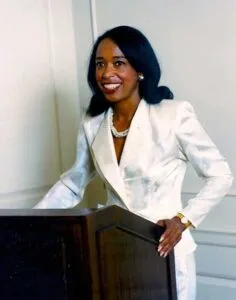 In 1964, Bath graduated with a Bachelor of Arts degree from Hunter College in New York. Soon thereafter, she enrolled in medical school at Howard University in Washington, DC. Her exposure to Black professors and administrators had a great impact on her belief in Black leadership in society. While in medical school, she took part in a summer program in Yugoslavia, focused on pediatrics research. The program, sponsored by a government fellowship, allowed her to travel abroad for the first time and to gain experience internationally. She graduated with honors from Howard in 1968.
In 1964, Bath graduated with a Bachelor of Arts degree from Hunter College in New York. Soon thereafter, she enrolled in medical school at Howard University in Washington, DC. Her exposure to Black professors and administrators had a great impact on her belief in Black leadership in society. While in medical school, she took part in a summer program in Yugoslavia, focused on pediatrics research. The program, sponsored by a government fellowship, allowed her to travel abroad for the first time and to gain experience internationally. She graduated with honors from Howard in 1968.
Patricia returned to New York in the fall of 1968 to work as an intern at Harlem Hospital and accepted a fellowship in ophthalmology at Columbia University a year later. In working in the two distinct atmospheres, she was able to make a clear and alarming observation. In the Eye Clinic in Harlem she noticed that many of the patients suffered blindness while few at the Columbia Eye Clinic did. After further research she concluded in a well-received report that Blacks were twice as likely to suffer from blindness as the general population. Further research would reveal that Blacks were eight times more likely to suffer blindness as a result of glaucoma than whites. Bath believed that the main explanation for this disparity was the lack of access to ophthalmic care for Blacks and other poor people. This would eventually lead to her promoting the concept of Community Ophthalmology, which would work as an outreach programs, sending volunteers out into the community to provide vision, cataracts and glaucoma screening. This would help to provide treatment that could save the vision of elderly people and provide glasses that would help children in school and prevent vision problems in the future. She implored many of the professors at Columbia to donate their time and perform pro bono services for Harlem Hospital’s Eye Clinic.
Percy Julian
A pioneer in the chemical synthesis of medicinal drugs from plants, including a synthetic form of cortisone
Charles Drew
A pioneer in the field of blood transfusions who developed improved techniques for blood storage.
Elijah McCoy
Invented lubrication systems for steam engines. His devices were referred to as “The Real McCoy.”
From 1970 to 1973 Patricia moved on to New York University where she became the first Black person to complete a residency in ophthalmology. In addition to her professional success, she enjoyed personal happiness as well, as she got married and had a daughter. In 1974, Bath moved to California and became a faculty member at UCLA and the Charles R. Drew University. Over the next nine years, she would serve in various capacities, and in 1983, co-founded and chaired the Opthalmology Residency Training Program at Drew/UCLA. The fact that she was the first woman in the country to hold such a position would be noteworthy, if not for the fact that Bath was the first to achieve so many distinctions in her life. In 1976, she co-founded the American Institute for the Prevention of Blindness based on the principle that “eyesight is a basic human right.”
 After traveling around the world offering her services and bringing awareness to vision issues, Bath settled back into her research at UCLA. She pondered the problems associated with addressing cataracts disease in the United States. Cataracts is characterized by a cloudiness that occurs within the lens of an eye, causing blurred vision and often blindness. Standard treatment called for using traditional surgical methods to remove the damaged lens (one method employed the use of a mechanical drill-like mechanical device that would grind away the cataracts and could only be used for secondary cataract surgery). Bath devised safer, faster and more accurate approach to cataracts surgery.
After traveling around the world offering her services and bringing awareness to vision issues, Bath settled back into her research at UCLA. She pondered the problems associated with addressing cataracts disease in the United States. Cataracts is characterized by a cloudiness that occurs within the lens of an eye, causing blurred vision and often blindness. Standard treatment called for using traditional surgical methods to remove the damaged lens (one method employed the use of a mechanical drill-like mechanical device that would grind away the cataracts and could only be used for secondary cataract surgery). Bath devised safer, faster and more accurate approach to cataracts surgery.
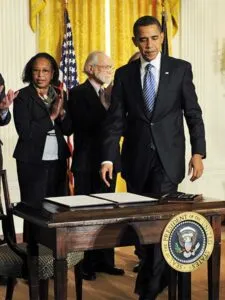 In 1981 she began work on her most well-known invention which she would call a “Laserphaco Probe.” The device employed a laser as well as two tubes, one for irrigation and one for aspiration (suction). The laser would be used to make a small incision in the eye and the laser energy would vaporize the cataracts within a couple of minutes. The damaged lens would then be flushed with liquids and then gently extracted by the suction tube. With the liquids still being washed into the eye, a new lens could be easily inserted. Additionally, this procedure could be used for initial cataract surgery and could eliminate much of the discomfort expected, while increasing the accuracy of the surgery. Unfortunately, though her concept was sound, she was unable to find any lasers within the United States that could be adapted for the procedure (the majority of laser technology in the United States was dedicated to military purposes).
In 1981 she began work on her most well-known invention which she would call a “Laserphaco Probe.” The device employed a laser as well as two tubes, one for irrigation and one for aspiration (suction). The laser would be used to make a small incision in the eye and the laser energy would vaporize the cataracts within a couple of minutes. The damaged lens would then be flushed with liquids and then gently extracted by the suction tube. With the liquids still being washed into the eye, a new lens could be easily inserted. Additionally, this procedure could be used for initial cataract surgery and could eliminate much of the discomfort expected, while increasing the accuracy of the surgery. Unfortunately, though her concept was sound, she was unable to find any lasers within the United States that could be adapted for the procedure (the majority of laser technology in the United States was dedicated to military purposes).
She was able to find the laser probe she needed in Berlin, Germany and successfully tested the device which she described as an “apparatus for ablating and removing cataract lenses” and later dubbed it the “Laserphaco Probe.” Bath sought patent protection for her device and received patents in several countries around the world. She intends to use the proceeds of her patent licenses to benefit the AIPB.
Patricia Bath retired from UCLA in 1993 and continues to advocate vision care outreach and calls for attention to vision issues. Her remarkable achievements as a Black woman make her proud, but racial and gender-based obstacles do not consume her. “Yes, I’m interested in equal opportunities, but my battles are in science.”
Videos About Patricia Bath
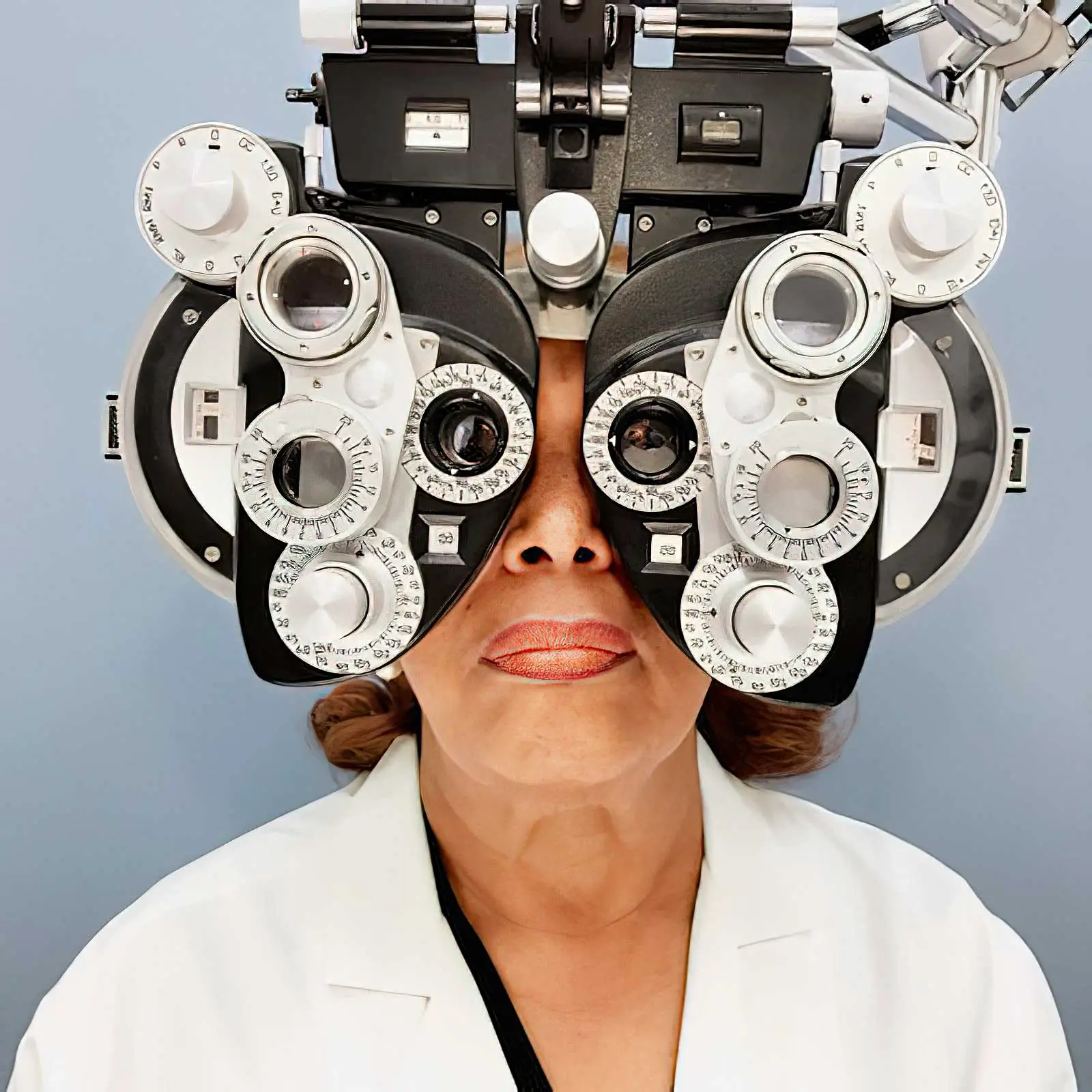
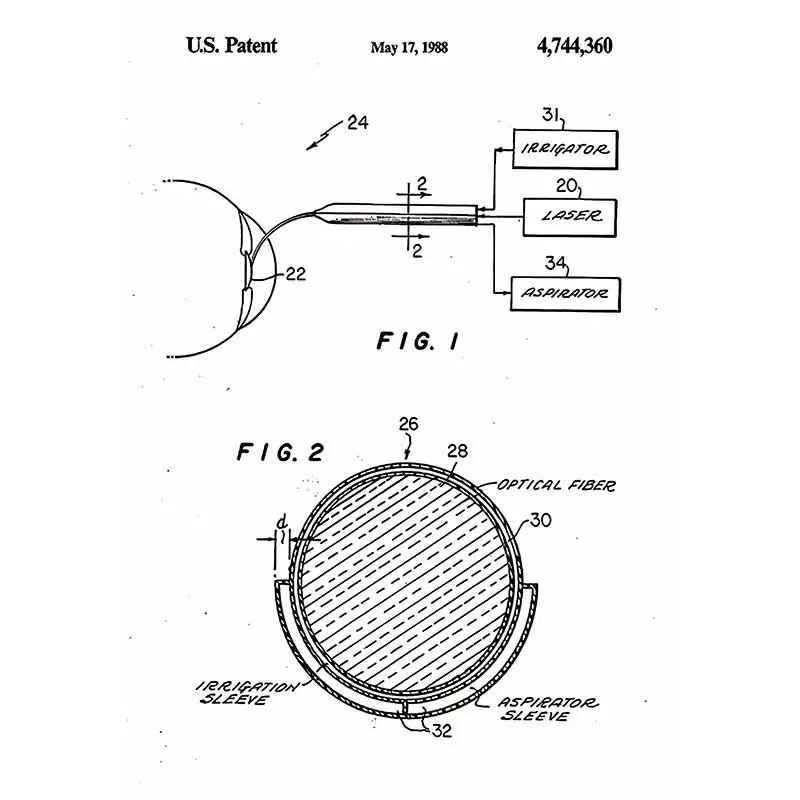
From Dreams Comes Success
Walker remembered that the formula for her hair grower came to her in a dream: “God answered my prayer, for one night I had a dream, and in that dream a big Black man appeared to me and told me what to mix up for my hair. Some of the remedy was grown in Africa, but I sent for it, mixed it, put it on my scalp, and in a few weeks my hair was coming in faster than it had ever fallen out. I tried it on my friends; it helped them. I made up my mind I would begin to sell it.”

Patricia Bath Items

